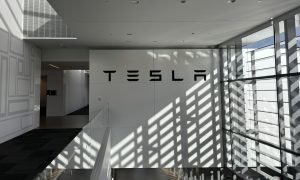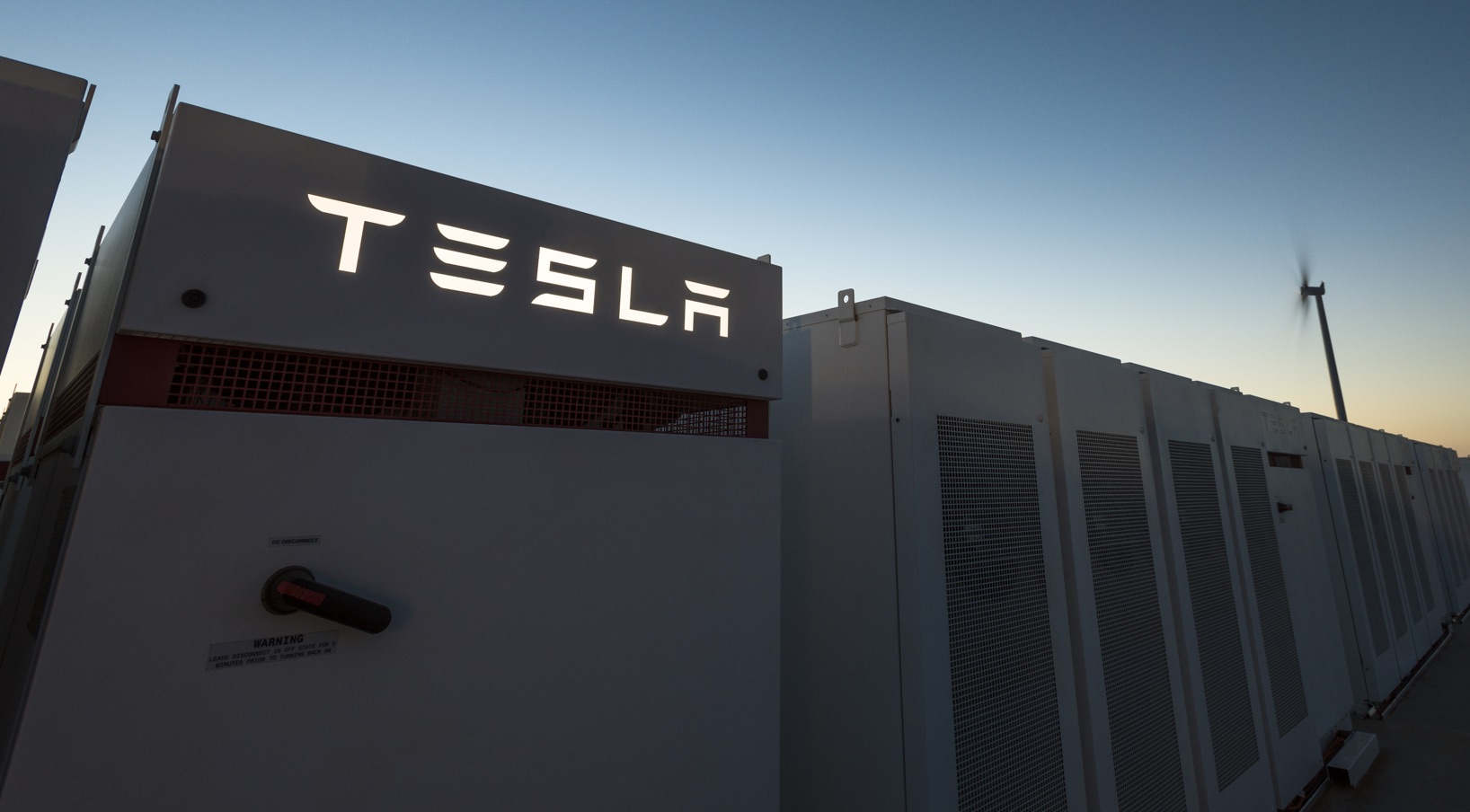

Energy
Tesla’s big battery in Australia is starting an energy storage movement
Tesla’s big battery in South Australia, officially known as the Hornsdale Power Reserve, has been supporting the region’s beleaguered energy grid since it went online last year. Over the past months, the Powerpack installation has been proving that large-scale battery storage solutions could be preferable alternatives to fossil fuel-powered backup plants.
Almost two years ago, SA experienced a state-wide blackout that highlighted the region’s need for a facility that can provide backup to the grid. A Twitter conversation between two billionaires, Australian software pioneer Michael Cannon-Brookes and Tesla founder Elon Musk, ultimately started the initiative that would eventually become the massive Powerpack farm. Musk even wagered that Tesla could complete the 100MW/129MWh facility in 100 days or it would be free.
The timeline was ambitious, and unsurprisingly, it attracted a slew of critics, some of whom claimed that batteries could not be built that big or that quick. In the same month as Elon Musk and Michael Cannon-Brookes’ conversation on Twitter, for example, the Australian Energy Market Operator (AEMO) issued a report suggesting that the maximum size of a utility-scale lithium-ion battery would be 1MW. The report was published not long after then-AEMO chairman Tony Marxsen stated that utility-scale batteries were about 10 to 20 years away from providing meaningful contributions to the grid. The Minerals Council of Australia, the country’s primary coal lobby, also suggested that a large-scale battery installation would take at least one year to design and two years to build.
Tesla completed the 100MW/129MWh Powerpack farm within Elon Musk’s ambitious timeline, six months after the “billionaire tweets” and just 62 days after Telsa signed the connection agreement with the market operator and network owner. Even as the battery started its operations, though, the facility still attracted a notable number of critics. Prime minister Scott Morrison ridiculed the Hornsdale Power Reserve, comparing it to tourist attractions such as the Big Banana in New South Wales. Resources Minister Matt Canavan also dubbed the big battery as the “Kim Kardashian” of the energy market.
Amidst the skepticism, the SA big battery has proven its worth many times over. Even before its official launch, the Powerpack farm was called into action, injecting 70MW of stored wind energy into the market. Two weeks after it was officially opened, it stepped in when a unit at Loy Yang coal generator in Victoria tripped. Just last month, twin lightning strikes caused widespread outages in three states, and the Queensland and South Australia grids had to be islanded. Queensland’s backup hydro plants and coal generators struggled to respond to the unexpected event, while South Australia, supported by the Tesla Powerpack farm, emerged from the incident unscathed.
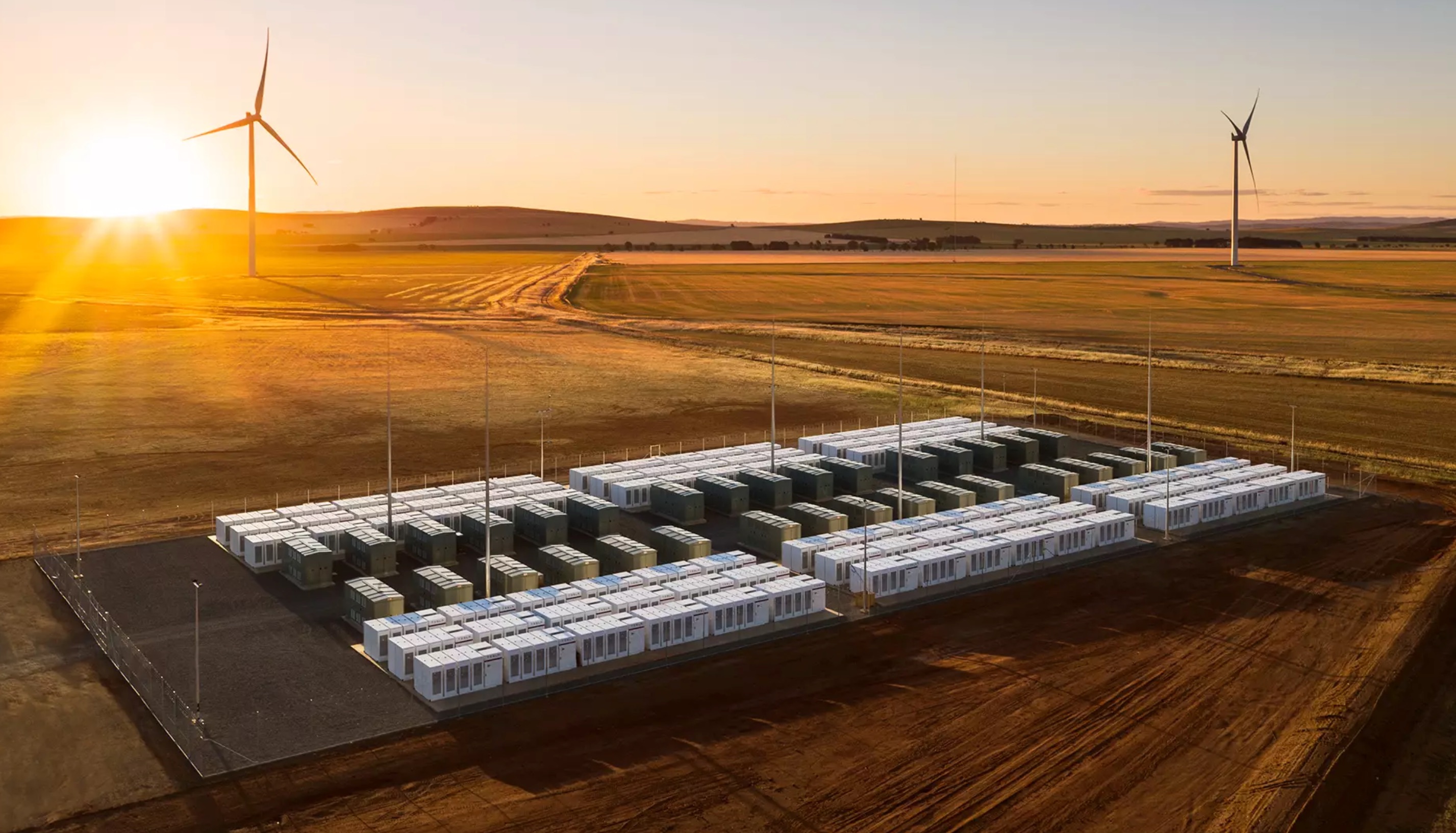
The Hornsdale Power Reserve and its success so far has encouraged a series of similar battery storage projects in Australia. The Ganawarra battery, a Tesla installation paired directly with a massive solar farm, is set to start operations soon. Next to the Wattle Point wind farm, the Dalrymple North battery is expected to go online soon as well. Other battery storage installations are also set to be launched in Ballarat, Whyalla, and in Queensland. And these are just large-scale battery solutions. Initiatives such as the South Australia Virtual Power Plant, which would dwarf than the Hornsdale Power Reserve when completed, have also been given the green light.
It won’t be an overstatement to say that the Tesla big battery has become a project, possibly even the project, which ultimately proved that battery storage is an ideal alternative for fossil fuel-powered backup plants. This was emphasized earlier this month by Tesla CTO JB Straubel, who noted that the improvements in battery storage are starting to affect the market for traditional fossil fuel-powered peaker plants. In an interview with the San Francisco Chronicle, Straubel stated that even at this point, large battery installations are “already outcompeting natural gas peaker plants.”
Tesla Energy usually takes a backseat compared to the company’s electric car business in terms of news coverage, but its progress in battery storage has been notable. In the first six months of 2018 alone, Tesla’s deployment of stationary batteries, which are designed to supply power to residential homes, businesses, and power grids, surged 450%. During the 2018 Annual Shareholder Meeting, Elon Musk also announced that it is aiming to hit a cost of $100 per kWh at the pack level. Considering its recent growth and the success of high-profile projects like the Hornsdale Power Reserve, it won’t be surprising if Tesla Energy eventually catches up and surpasses Tesla’s electric car business in size.
Energy
Tesla Lathrop Megafactory celebrates massive Megapack battery milestone
The Tesla Megapack is the backbone of Tesla Energy’s battery deployments.
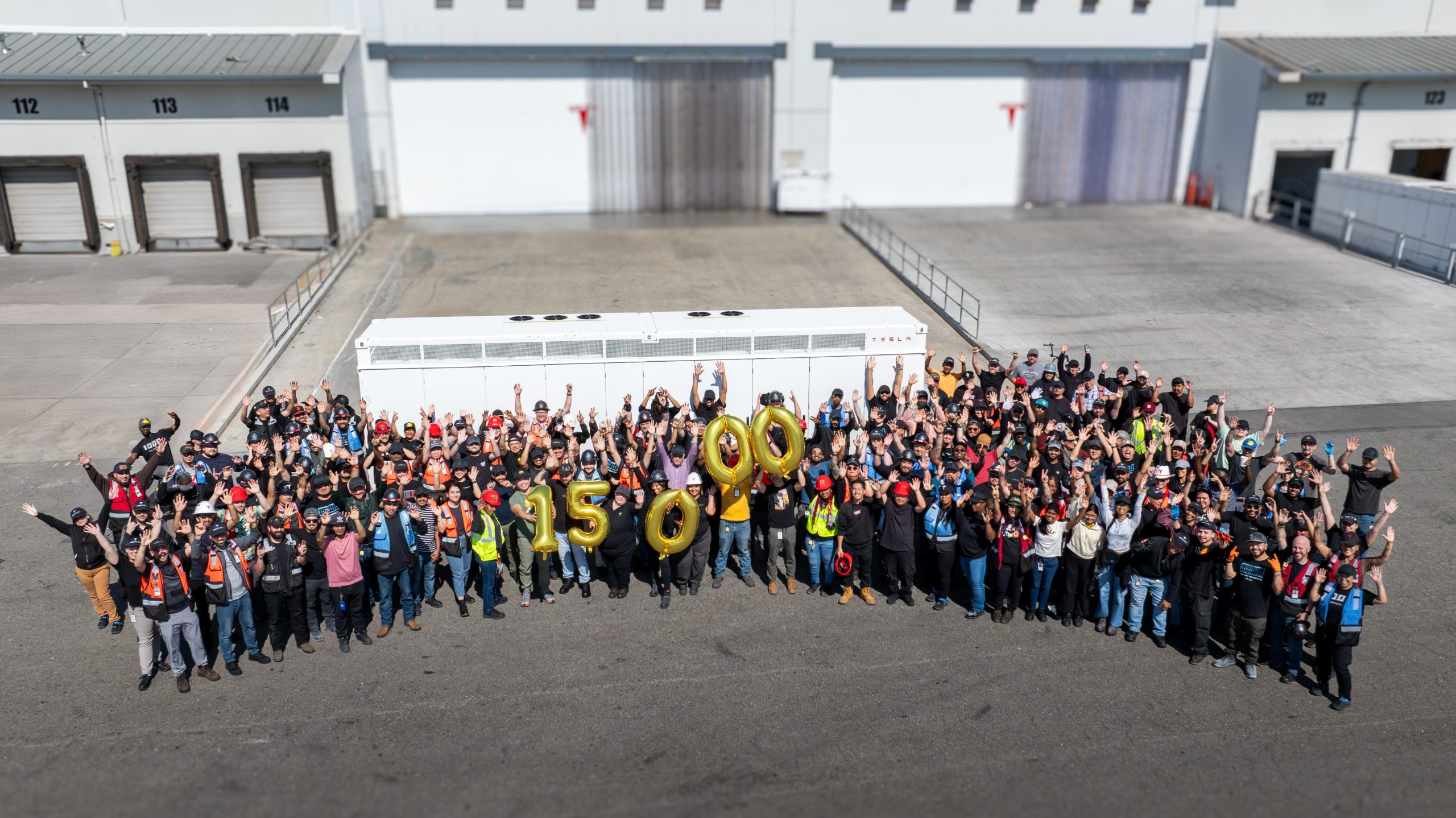
The Tesla Lathrop Megafactory recently achieved a new milestone. As per the official Tesla Megapack account on X, the Lathrop Megafactory has produced its 15,000th Megapack 2 XL battery.
15,000 Megapack Batteries
Tesla celebrated the milestone with a photo of the Lathrop Megafactory team posing with a freshly produced Megapack battery. To commemorate the event, the team held balloons that spelled out “15,000” as they posed for the photo.
The Tesla Megapack is the backbone of Tesla Energy’s battery deployments. Designed for grid-scale applications, each Megapack offers 3.9 MWh of energy and 1.9 MW of power. The battery is extremely scalable, making it perfect for massive energy storage projects.
More Megafactories
The Lathrop Megafactory is Tesla’s first dedicated facility for its flagship battery storage system. It currently stands as the largest utility-scale battery factory in North America. The facility is capable of producing 10,000 Megapack batteries every year, equal to 40 GWh of clean energy storage.
Thanks to the success of the Megapack, Tesla has expanded its energy business by building and launching the Shanghai Megafactory, which is also expected to produce 40 GWh of energy storage per year. The ramp of the Shanghai Megafactory is quite impressive, with Tesla noting in its Q1 2025 Update Letter that the Shanghai Megafactory managed to produce over 100 Megapack batteries in the first quarter alone.
Tesla Energy’s Potential
During the first quarter earnings call, CEO Elon Musk stated that the Megapack is extremely valuable to the energy industry.
“The Megapack enables utility companies to output far more total energy than would otherwise be the case… This is a massive unlock on total energy output of any given grid over the course of a year. And utility companies are beginning to realize this and are buying in our Megapacks at scale,” Musk said.
Energy
Tesla Megapacks powers the xAI Colossus supercomputer
Tesla Megapacks step in to stabilize xAI’s Colossus supercomputer, replacing natural gas turbines. Musk’s ventures keep intertwining.

Tesla Megapack batteries will power the xAI Colossus supercomputer in Memphis to ensure power stability. The collaboration between Tesla and xAI highlights the synergy among Elon Musk’s ventures.
The artificial intelligence startup has integrated Tesla Megapacks to manage outages and demand surges, bolstering the facility’s reliability. The Greater Memphis Chamber announced that Colossus, recently connected to a new 150-megawatt electric substation, is completing its first construction phase. This transition addresses criticism from environmental justice groups over the initial use of natural gas turbines.
“The temporary natural gas turbines that were being used to power the Phase I GPUs prior to grid connection are now being demobilized and will be removed from the site over the next two months.
“About half of the operating turbines will remain operating to power Phase II GPUs of xAI until a second substation (#22) already in construction is completed and connected to the electric grid, which is planned for the Fall of 2025, at which time the remaining turbines will be relegated to a backup power role,” the Chamber stated.
xAI’s rapid development of Colossus reflects its ambition to advance AI capabilities, but the project has faced scrutiny for environmental impacts. The shift to Megapacks and grid power aims to mitigate these concerns while ensuring operational continuity.
The Megapack deployment underscores the collaboration among Musk’s companies, including Tesla, SpaceX, Neuralink, and The Boring Company. Tesla appears to be the common link between all of Musk’s companies. For example, The Boring Company built a tunnel in Giga, Texas. In addition, Musk has hinted at a potential collaboration between the Tesla Optimus Bot and Neuralink. And from January 2024 to February 2025, xAI invested $230 million in Megapacks, per a Tesla filing.
Tesla Energy reported a 156% year-over-year increase in Q1 2025, deploying 10.4 GWh of storage products, including Megapacks and Powerwalls. Tesla’s plans for a new Megapack factory in Waller County, Texas, which is expected to create 1,500 jobs in the area, further signal its commitment to scaling energy solutions.
As xAI leverages Tesla’s Megapacks to power Colossus, the integration showcases Musk’s interconnected business ecosystem. The supercomputer’s enhanced stability positions xAI to drive AI innovation, while Tesla’s energy solutions gain prominence, setting the stage for broader technological and economic impacts.
Energy
Tesla Energy celebrates one decade of sustainability
Tesla Energy has gone far since its early days, and it is now becoming a progressively bigger part of the company.
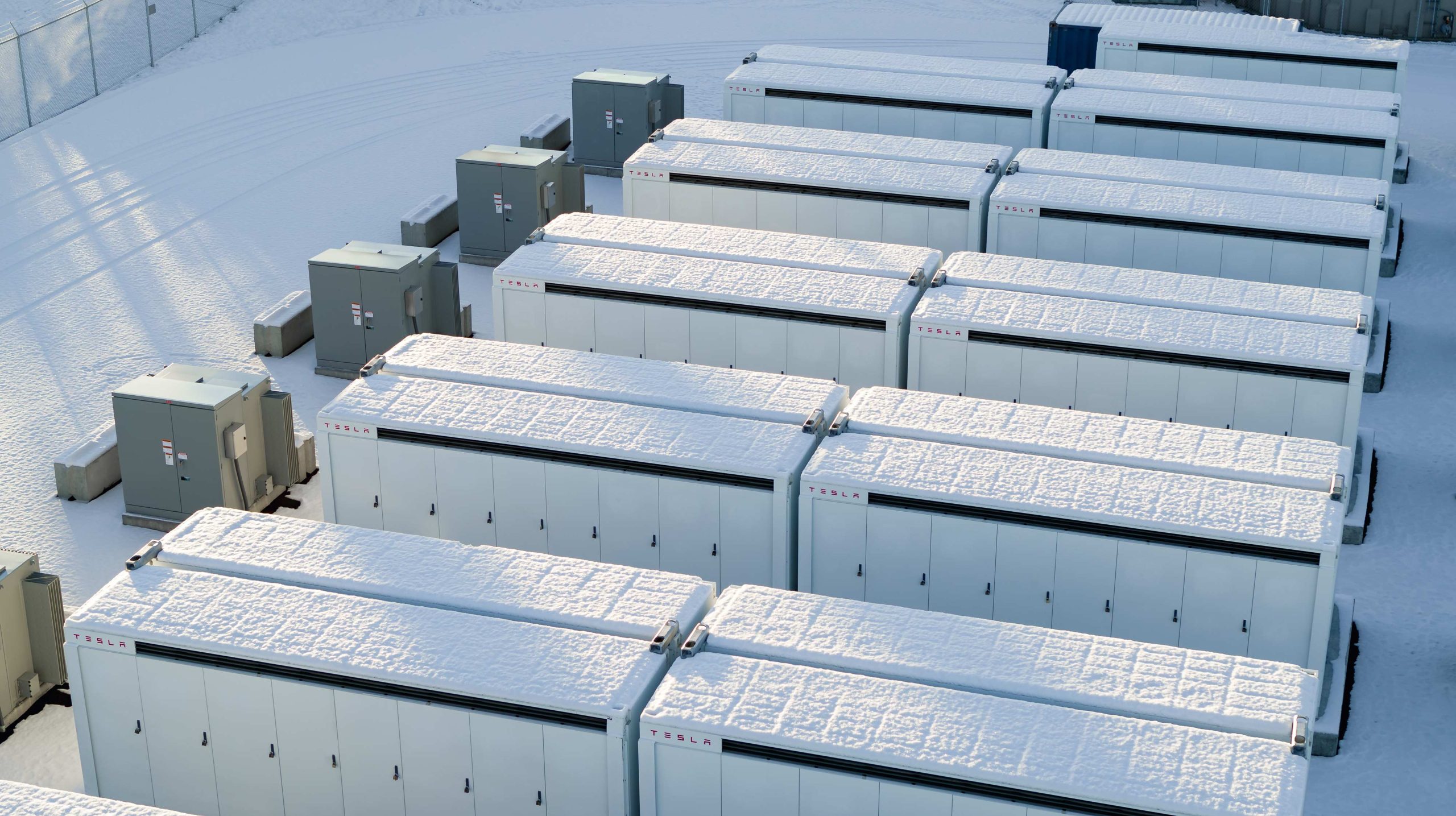
Tesla Energy recently celebrated its 10th anniversary with a dedicated video showcasing several of its milestones over the past decade.
Tesla Energy has gone far since its early days, and it is now becoming a progressively bigger part of the company.
Tesla Energy Early Days
When Elon Musk launched Tesla Energy in 2015, he noted that the business is a fundamental transformation of how the world works. To start, Tesla Energy offered the Powerwall, a 7 kWh/10 kWh home battery system, and the Powerpack, a grid-capable 100 kWh battery block that is designed for scalability. A few days after the products’ launch, Musk noted that Tesla had received 38,000 reservations for the Powerwall and 2,500 reservations for the Powerpack.
Tesla Energy’s beginnings would herald its quiet growth, with the company later announcing products like the Solar Roof tile, which is yet to be ramped, and the successor to the Powerwall, the 13.5 kWh Powerwall 2. In recent years, Tesla Energy also launched its Powerwall 3 home battery and the massive Megapack, a 3.9 MWh monster of a battery unit that has become the backbone for energy storage systems across the globe.
Key Milestones
As noted by Tesla Energy in its recent video, it has now established facilities that allow the company to manufacture 20,000 units of the Megapack every year, which should help grow the 23 GWh worth of Megapacks that have already been deployed globally.
The Powerwall remains a desirable home battery as well, with more than 850,000 units installed worldwide. These translate to 12 GWh of residential entry storage delivered to date. Just like the Megapack, Tesla is also ramping its production of the Powerwall, allowing the division to grow even more.
Tesla Energy’s Role
While Tesla Energy does not catch as much headlines as the company’s electric vehicle businesses, its contributions to the company’s bottom line have been growing. In the first quarter of 2025 alone, Tesla Energy deployed 10.4 GWh of energy storage products. Powerwall deployments also crossed 1 GWh in one quarter for the first time. As per Tesla in its Q1 2025 Update Letter, the gross margin for the Energy division has improved sequentially as well.
-

 Elon Musk1 week ago
Elon Musk1 week agoTesla investors will be shocked by Jim Cramer’s latest assessment
-

 Elon Musk3 days ago
Elon Musk3 days agoElon Musk confirms Grok 4 launch on July 9 with livestream event
-

 Elon Musk14 hours ago
Elon Musk14 hours agoxAI launches Grok 4 with new $300/month SuperGrok Heavy subscription
-

 News7 days ago
News7 days agoTesla Model 3 ranks as the safest new car in Europe for 2025, per Euro NCAP tests
-

 Elon Musk2 weeks ago
Elon Musk2 weeks agoA Tesla just delivered itself to a customer autonomously, Elon Musk confirms
-

 Elon Musk1 week ago
Elon Musk1 week agoxAI’s Memphis data center receives air permit despite community criticism
-

 Elon Musk2 weeks ago
Elon Musk2 weeks agoTesla’s Omead Afshar, known as Elon Musk’s right-hand man, leaves company: reports
-

 News2 weeks ago
News2 weeks agoXiaomi CEO congratulates Tesla on first FSD delivery: “We have to continue learning!”










